Resources
Get Matched to the Right Builder
FIND THE PERFECT CUSTOM HOME BUILDER WITH OUR FREE ASSESSMENT
Tired of feeling overwhelmed? Look no further. We'll match you to the right builder in the Houston area and save you months of valuable time and money you'd spend trying to find one on your own. Click below to get started!
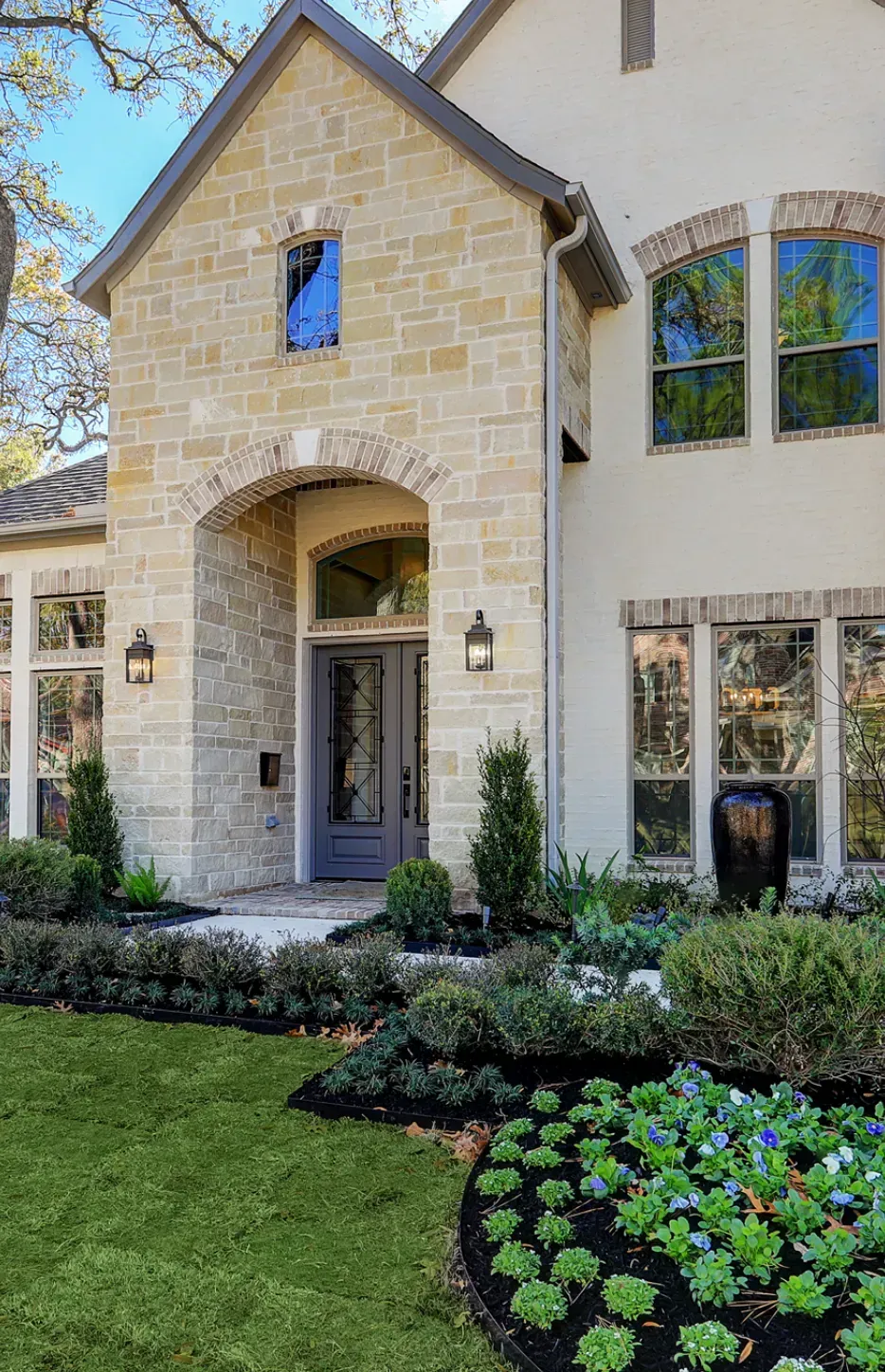
Download The Ultimate Custom Home Building Guide
A Step-by-step guide to building your custom dream home.
Download The Ultimate Custom Home Building Checklist
Finance

Finding Lot

Best Builder

Explore Our Gallery of Custom Homes
Browse our finished projects that display the craftsmanship of the builders we’ve matched with homeowners – turning dreams into reality.
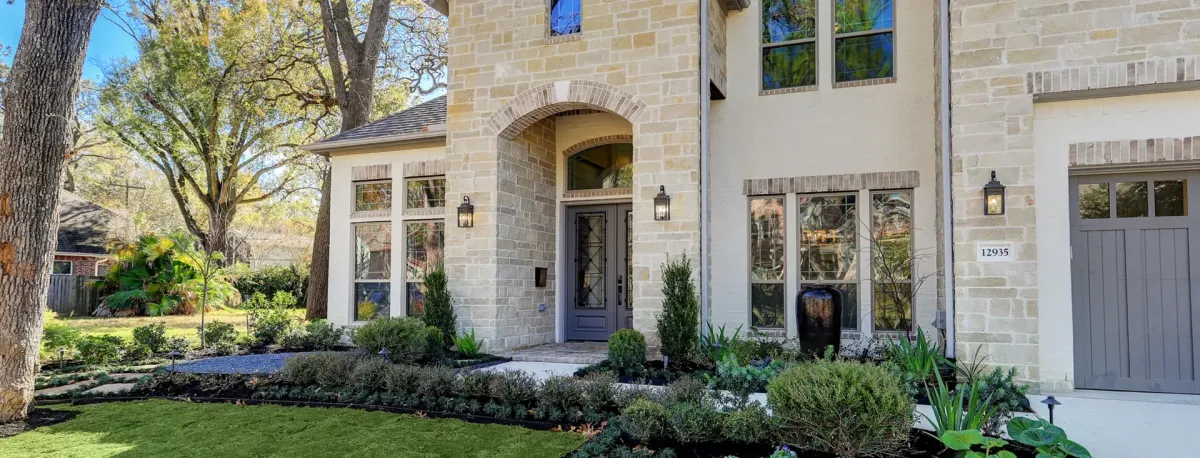
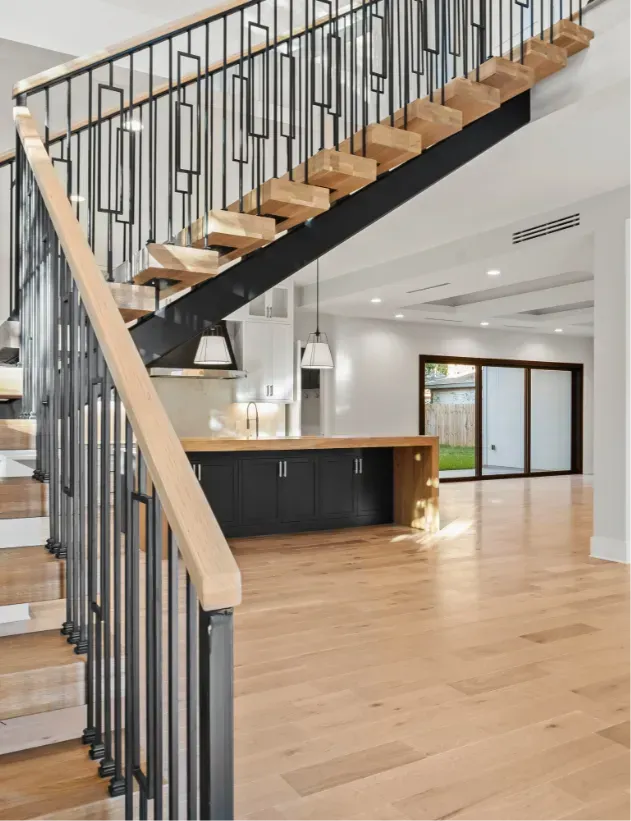



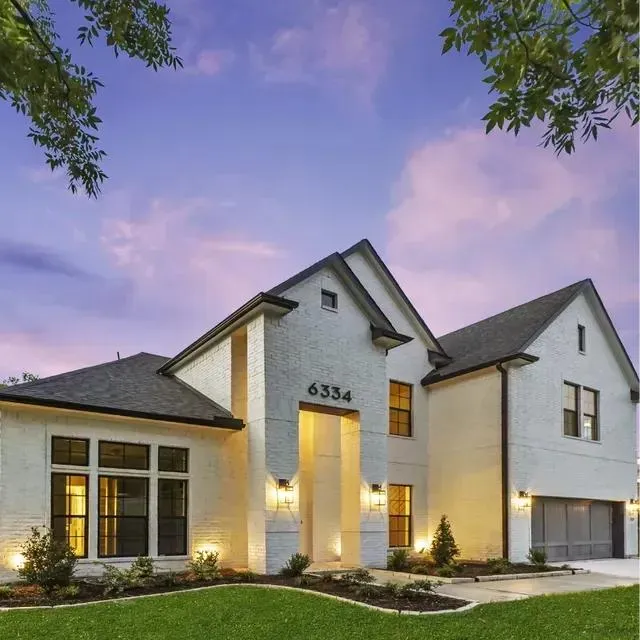
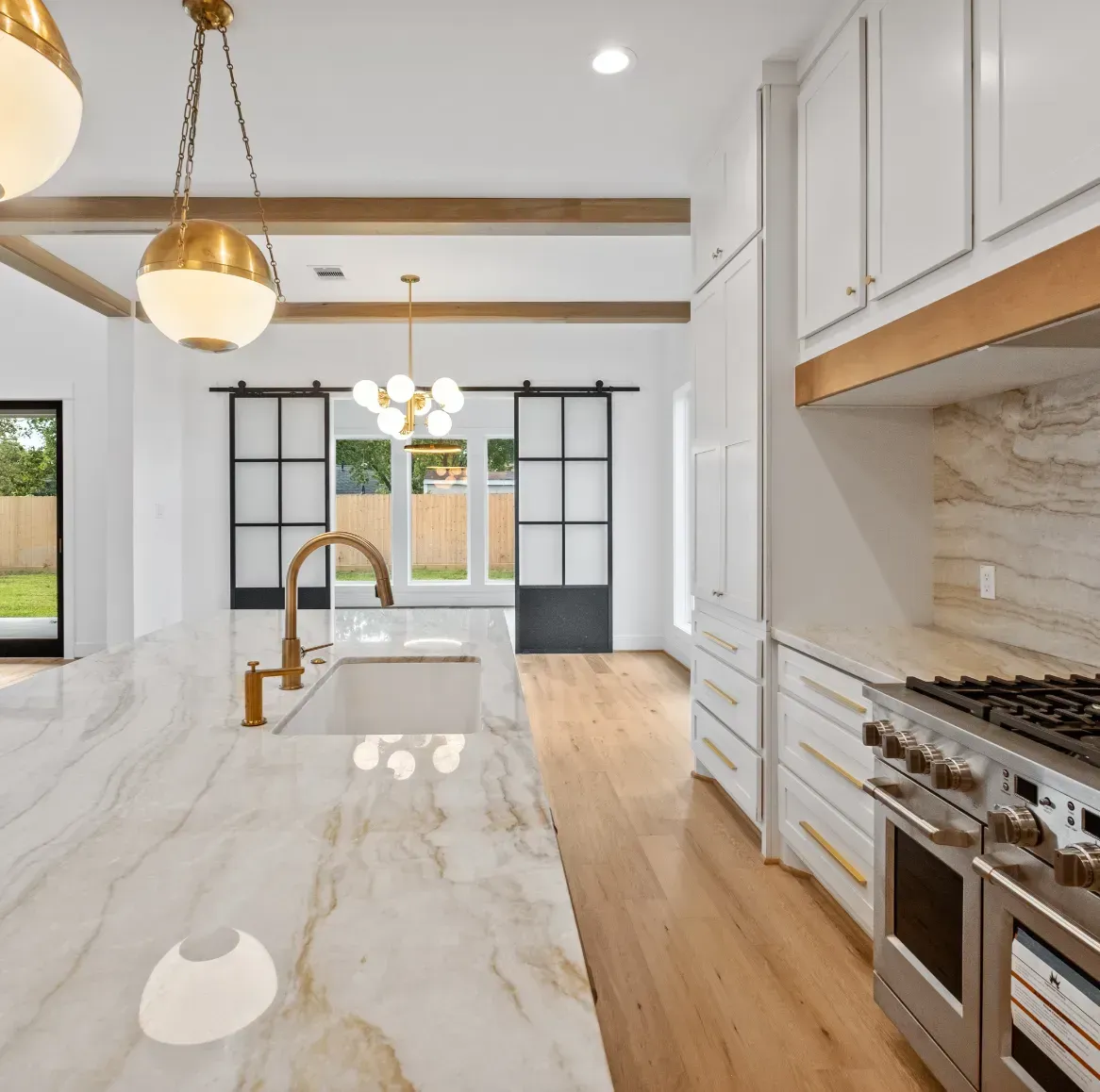
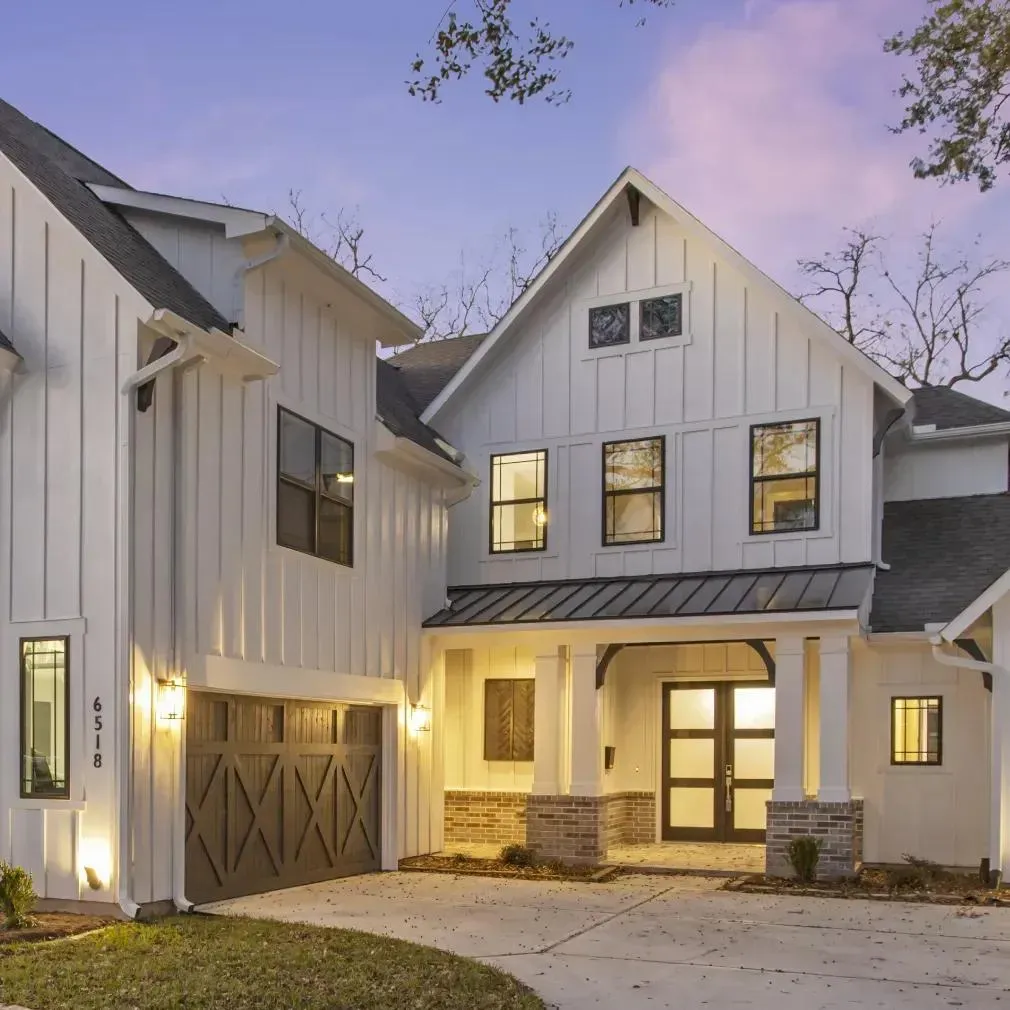
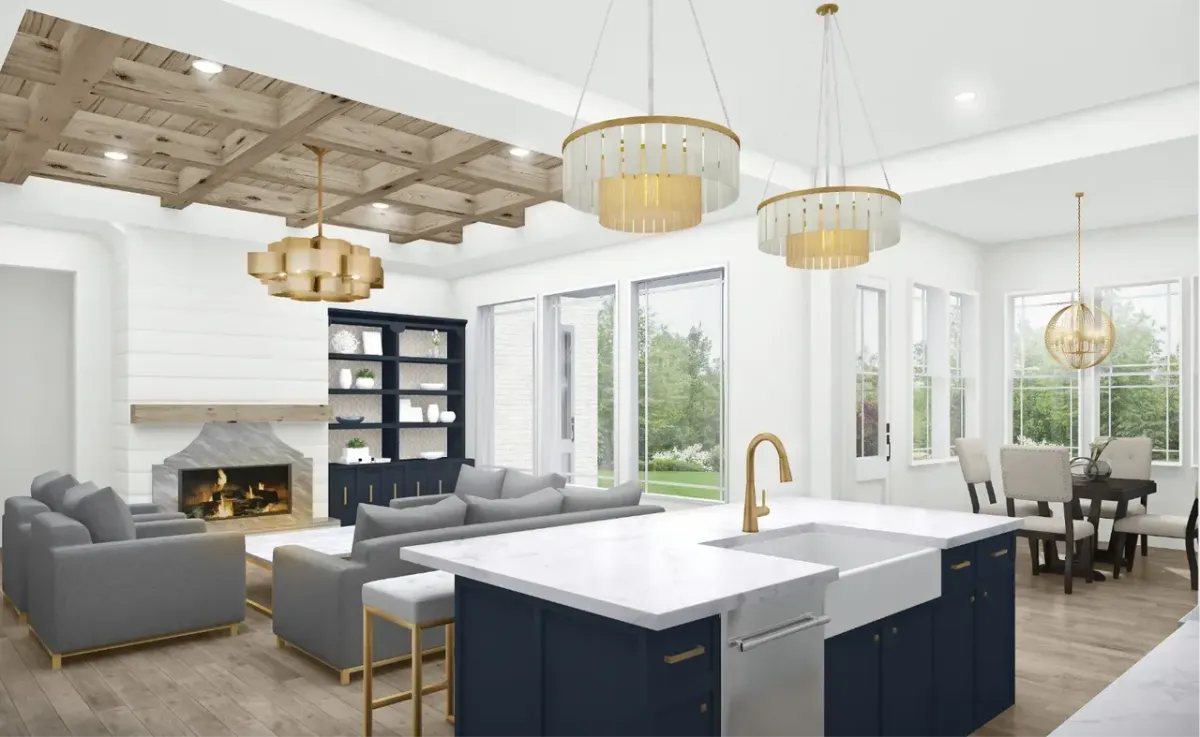
BLOG

A Closer Look at State Residential Building Regulations
Residential building regulations are the backbone of safe, sustainable home construction. These rules govern how houses are built, modified, and maintained, with requirements that vary by state due to regional risks and priorities. From structural safety to energy efficiency, these codes ensure homes can withstand local conditions while meeting modern standards. Builders and homeowners alike must navigate these rules to avoid fines, project delays, or unsafe construction. Understanding how these regulations are enforced—and why they differ—is essential for planning successful renovations or new builds. With the right tools and resources, compliance becomes more manageable and efficient.
Key Takeaways
Residential building codes vary by state due to environmental risks and local priorities.
Regulations cover structure, energy, electrical, and plumbing standards for safety and efficiency.
Non-compliance can lead to fines, delays, insurance, and resale issues.
Tools like checklists, maps, and professional services help simplify regulation navigation.
Permits and inspections are crucial steps to ensure project compliance from start to finish.
What Are Residential Building Regulations and Why Do They Vary by State?

Residential building regulations are official rules that govern how homes must be built, renovated, and maintained. They cover everything from structural safety to electrical systems, ensuring projects meet specific legal and environmental standards. While some codes are nationally recognized, they are often adapted by each state to address unique regional risks. These adjustments reflect concerns like wildfire zones, flooding, or seismic activity. Understanding these variations is key to ensuring compliance and avoiding costly project delays or revisions.
What Defines Residential Building Regulations?
Residential building regulations consist of standards that control how homes are constructed, modified, and maintained. These include structural codes, energy efficiency measures, fire safety guidelines, and zoning restrictions. They ensure buildings are safe to inhabit and designed to withstand local environmental conditions. Elements such as insulation values, roof types, and material durability are commonly specified. Electrical and plumbing systems must also follow strict installation rules. These codes are frequently updated to reflect modern safety practices and evolving housing needs. Local enforcement ensures that every new home or renovation aligns with these public safety goals.
Why Do Building Codes Differ Across States?
Building codes differ across states due to varied geography, climate, and hazard profiles. For example, earthquake-prone areas often require stronger foundations and framing, while flood zones might enforce elevated floor levels. Wildfire regions may mandate fire-resistant siding or defensible landscaping around homes. Some states enhance regulations by integrating components of the life safety code or adopting stricter amendments to the state building code. These regional differences allow each community to focus on the specific challenges they face.
How Do Local and State Authorities Enforce These Regulations?
State and local authorities enforce regulations through a structured permitting and inspection process. Before construction starts, permits must be reviewed and approved by officials. Inspections are then scheduled at key points—such as foundation, framing, and final completion—to ensure compliance. Non-compliance may result in fines, stop-work orders, or even legal action. Local inspectors are trained to interpret building codes and verify that all materials and methods follow current standards. These checks help prevent structural flaws and reduce the risk of accidents or unsafe conditions. Homeowners and builders must follow these procedures to move their projects forward legally.
How Can You Find Residential Building Regulations for Your State?

Each state develops its own version of residential building regulations by adapting national codes to suit local needs. Knowing where and how to access these regulations is crucial for planning a compliant construction or renovation project. Most states publish their codes online, and many local departments offer guidance tools to clarify requirements. These resources help homeowners avoid permit issues and costly mistakes. Accessing the right documents early supports efficient project planning and approval.
What Official Resources Provide State Building Codes?
Official resources include government-run websites from city, county, or state departments. These sites usually offer downloadable versions of the latest building codes, zoning maps, and safety regulations. Many jurisdictions also include guidance documents to explain complex language or recent changes. These tools ensure that homeowners and builders stay informed and avoid relying on outdated information. Resources may vary slightly in format or depth depending on the location. Still, they remain the most accurate reference for state and local compliance. Consulting these before starting a project prevents misinterpretation of critical code requirements.
How to Use Interactive Maps and Search Tools for State Regulations?
Interactive maps and online search tools allow users to pinpoint specific code requirements by entering property addresses or zip codes. These tools often display local amendments, fire or flood zones, and permit guidelines for your area. Builders and homeowners can use these platforms to understand what materials, setbacks, or design choices are allowed. Many local governments provide direct access to inspection schedules or plan submission portals through the same tools. These features streamline research and reduce back-and-forth communication with departments. Staying organized with these digital aids helps keep projects within scope and on time.
Where Can You Access Summaries and Key Regulation Highlights?
Summarized versions of building regulations are available through contractor boards, builder associations, and official planning offices. These overviews highlight the most frequently enforced rules—like setback limits, structural design standards, and energy performance expectations. Many summaries are formatted into easy-to-read charts, checklists, or FAQs to help homeowners understand the basics. While they don’t replace full codebooks, they simplify project planning and reduce mistakes. These highlights are especially helpful during the early stages of design and budgeting. Keeping them on hand supports more confident decision-making during each step of your project.
What Are the Key Components of Residential Building Codes by State?

Residential building codes consist of detailed standards that ensure safe, durable, and energy-efficient homes. These codes vary by region but usually follow a framework covering structure, systems, and sustainability. They help define best practices for new construction, additions, and remodels. State amendments often reflect climate conditions and safety concerns like wildfires or seismic activity. Understanding these code components is essential for anyone starting or modifying a residential project.
Which Structural Requirements Are Typically Regulated?
Structural requirements focus on how a home is built to withstand forces like wind, snow, or earthquakes. Codes outline material types, framing techniques, and load-bearing calculations to prevent collapses or foundational issues. They may include requirements for footings, bracing, and spacing between beams or studs. In areas with specific environmental risks, such as high winds or wildfire zones, additional reinforcements may be required. These standards help protect property and occupants from long-term damage. Meeting these rules early in design helps avoid mid-construction delays. Accurate compliance also increases approval odds during inspections.
How Do Electrical and Plumbing Codes Differ Statewide?
Electrical and plumbing codes often vary by state based on safety concerns and resource availability. Some regions may require advanced leak detection, pressure regulation, or energy-saving systems. Electrical codes regulate wiring, breaker panels, and outlets in moisture-prone areas like kitchens and bathrooms. In rural areas, well or septic regulations may add complexity to plumbing requirements. Up-to-date compliance ensures safe installation and reduces fire or water damage risks. Differences between states can affect what products are allowed and how inspections are scheduled. Always check local rules before planning system upgrades or new installations.
What Are the Energy Efficiency and Safety Standards?
Energy codes include requirements for insulation, windows, HVAC systems, and lighting. These measures reduce utility use and help homes maintain stable temperatures year-round. Safety standards, on the other hand, address fire protection, egress access, and emergency systems like alarms or sprinklers. Some states adopt aggressive energy goals with renewable integration requirements, while others follow baseline national guidelines. Both energy and safety codes are updated frequently to reflect evolving technology. Understanding how they impact material choices and installation methods can help avoid retrofits later. Clear knowledge of these standards supports a more resilient, code-compliant home.
How Do Residential Building Regulations Impact Homeowners and Builders?

Residential building regulations shape every phase of construction, from drafting blueprints to obtaining occupancy certificates. These codes affect design choices, material selection, and project timelines. For homeowners, they offer a layer of protection against unsafe or low-quality construction. For builders, they serve as a roadmap to meet legal obligations and avoid costly revisions. Adhering to these rules ensures smoother workflows, fewer delays, and long-term structural and financial benefits.
What Are the Permit and Inspection Requirements?
Permits are required before starting construction and ensure a plan aligns with local building standards. Inspections are conducted at multiple stages, including foundation, framing, and final walkthrough. Each inspection confirms that work complies with current codes and safety practices. Missing or failing inspections can result in delays or rework orders. Builders must coordinate with local authorities to schedule timely reviews. Homeowners benefit from this oversight by gaining peace of mind and documentation for future sales. Knowing inspection timelines also helps keep construction on schedule and within budget.
How Do Regulations Affect Renovations and New Construction?
Regulations impact both new builds and upgrades, though their application may differ. Renovations often require updates to outdated systems like wiring, ventilation, or load-bearing walls. In contrast, new construction must meet all current codes from the ground up, which often includes stricter efficiency and safety standards. Builders must adapt their methods based on project type and local requirements. For homeowners, understanding these distinctions avoids surprises during permitting. Clear planning prevents additional costs related to demolition or redesigns. Complying with updated codes adds long-term value and stability to the structure.
What Are the Consequences of Non-Compliance?
Failure to comply with residential codes can lead to serious setbacks. These may include fines, forced demolition, delayed project timelines, or denial of occupancy permits. Insurance claims may also be denied if damage stems from unpermitted or non-code-compliant work. Homeowners risk lower property values and legal action, especially during inspections or appraisals. Builders face reputational harm and potential licensing issues. Even small oversights—like incorrect wiring or unapproved layouts—can trigger enforcement. Staying compliant from the beginning avoids these issues and supports smoother project execution overall.
What Tools and Services Simplify Navigating Residential Building Regulations?

Navigating residential building regulations can be overwhelming without the right support. Fortunately, a wide range of tools and services exist to simplify this process. From digital calculators to licensed professional directories, these resources help homeowners and builders understand codes, prepare documents, and stay compliant. Using them effectively can prevent mistakes, speed up approvals, and keep construction projects on track. Whether you’re a first-time renovator or seasoned contractor, leveraging the right tools ensures smoother execution from planning to completion.
How Do Checklists and Calculators Assist Compliance?
Digital checklists outline the steps required to meet state and local building codes, ensuring you don’t overlook critical tasks. These often include timelines, documentation requirements, and inspection milestones. Calculators help estimate costs, material quantities, and permit fees, making budgeting more accurate. Together, they reduce confusion and streamline project planning. Builders can tailor checklists for specific home types or locations. Homeowners gain clarity by using them to track progress and documentation. Overall, they improve organization and accountability.
What Benefits Do Licensed Professional Directories Offer?
Licensed directories provide access to vetted architects, contractors, and inspectors who understand local code nuances. These experts bring experience that minimizes errors and helps translate complex rules into practical steps. Homeowners can search by specialty, location, and credentials to find the right match. Working with licensed professionals also ensures that projects are managed legally and safely. Builders can build stronger teams by hiring experts listed in these directories. Their knowledge contributes to faster approvals and higher quality results.
How Can Premium Services Like Legal Consultations Help?
Legal consultations are especially useful for projects facing unique zoning issues, permit disputes, or safety challenges. These services offer personalized code interpretation and strategic solutions to navigate regulatory roadblocks. Professionals help clarify legal gray areas and draft responses to official notices or violations. They also support appeals and revisions when original plans are rejected. For large or high-risk builds, this guidance is essential. Homeowners gain reassurance while builders avoid delays. These services protect your investment and ensure full code compliance.
Frequently Asked Questions
What exactly are residential building regulations?
Residential building regulations are rules that govern how homes are built, renovated, and maintained for safety, efficiency, and durability. CBC helps homeowners understand and apply these codes correctly, ensuring their projects meet all local and state standards.
How can homeowners stay compliant when renovating an older home?
Older homes often need updates to meet current codes. CBC assists by reviewing existing conditions, identifying code upgrades, and guiding the permit process to help homeowners avoid costly compliance issues during renovations.
What resources are available to understand state-specific building codes?
Most states offer codes through official websites and planning portals. CBC simplifies this by translating complex regulations into actionable steps, tailored to your project’s location and scope.
How do variations in building codes affect construction costs?
Stricter codes can lead to higher costs due to added requirements or materials. CBC helps forecast these impacts early, so homeowners can budget accurately and avoid surprise expenses.
When is it necessary to consult a legal expert regarding building regulations?
Legal advice is helpful when facing permit denials, code violations, or zoning issues. CBC flags when legal input is needed and can refer trusted experts to ensure your project stays compliant.
Conclusion
Residential building regulations are more than red tape—they’re essential safeguards that shape the quality, safety, and longevity of your home. By understanding both the national standards and local variations, homeowners and builders can make informed decisions and minimize risk. Staying updated, consulting professionals, and using available tools ensures that projects remain legally sound and structurally solid. Whether upgrading a kitchen or constructing a new home, navigating these codes is key to avoiding setbacks. A proactive approach to compliance streamlines the process and protects your investment. When followed correctly, building regulations make projects safer, smarter, and more successful.
Contact Us Today To Learn More
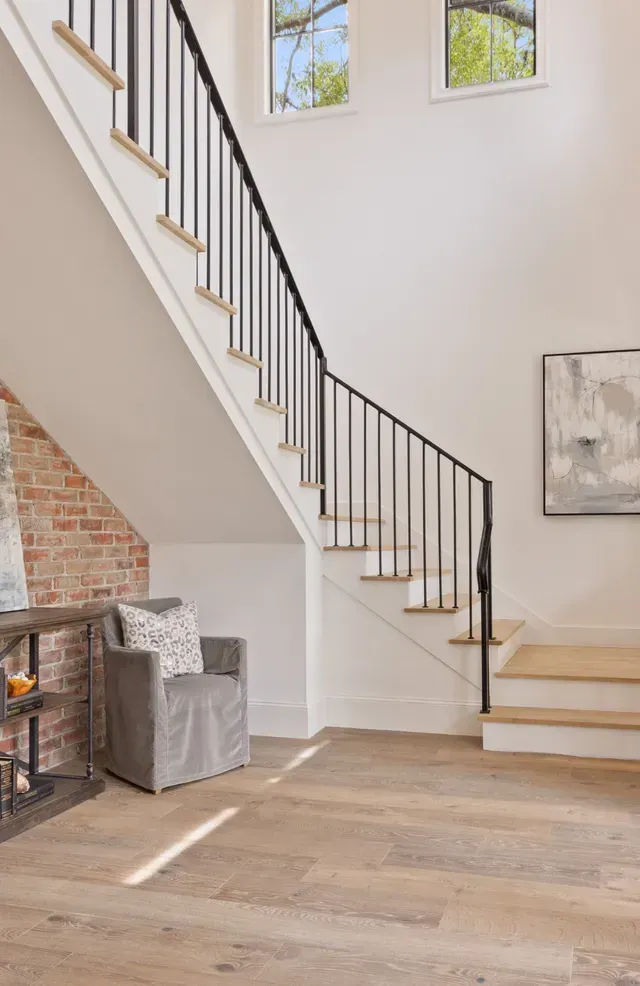
Phone: +1 713-304-5330
Address: 8588 Katy Fwy #450, Houston, TX 77024, United States


